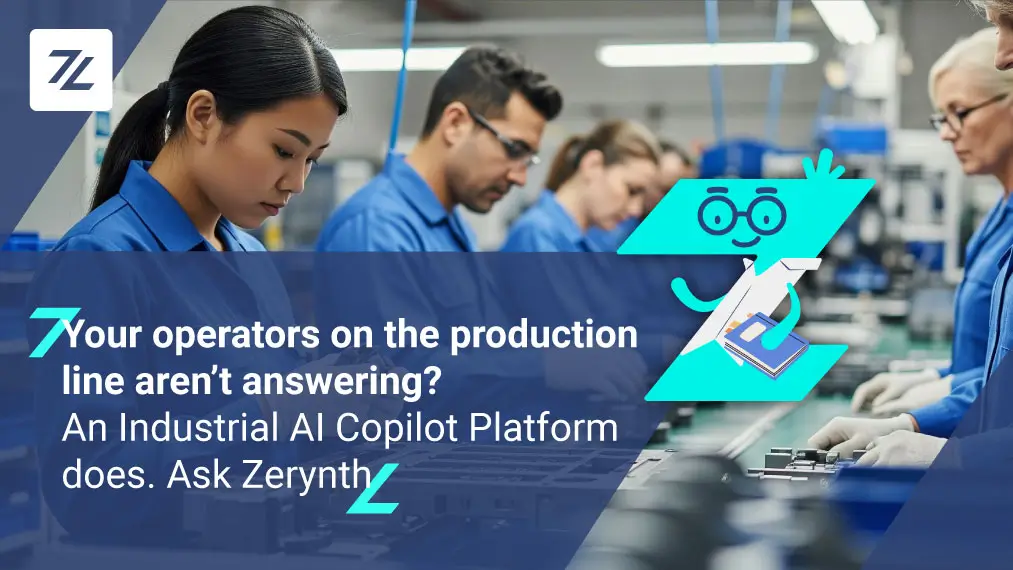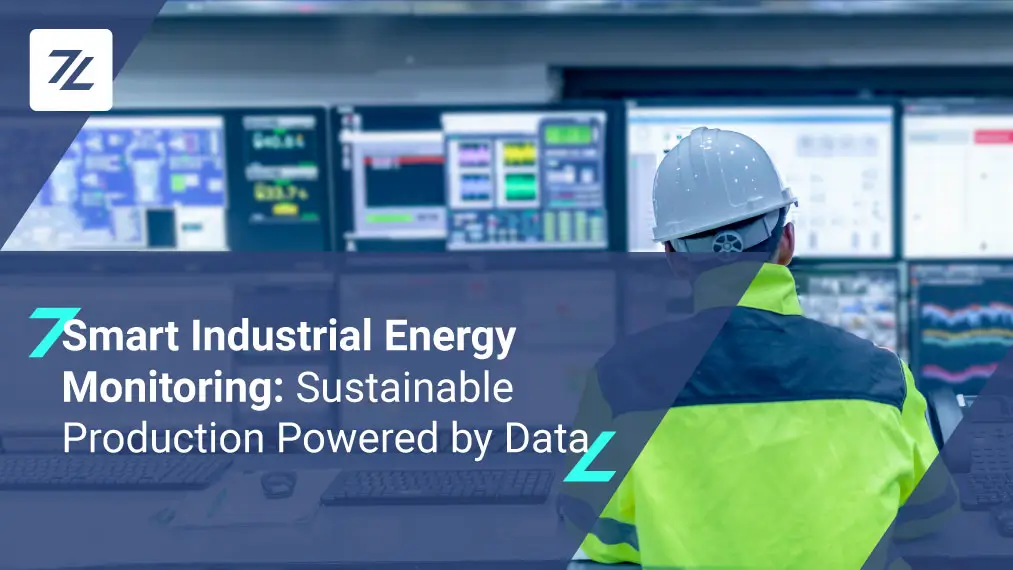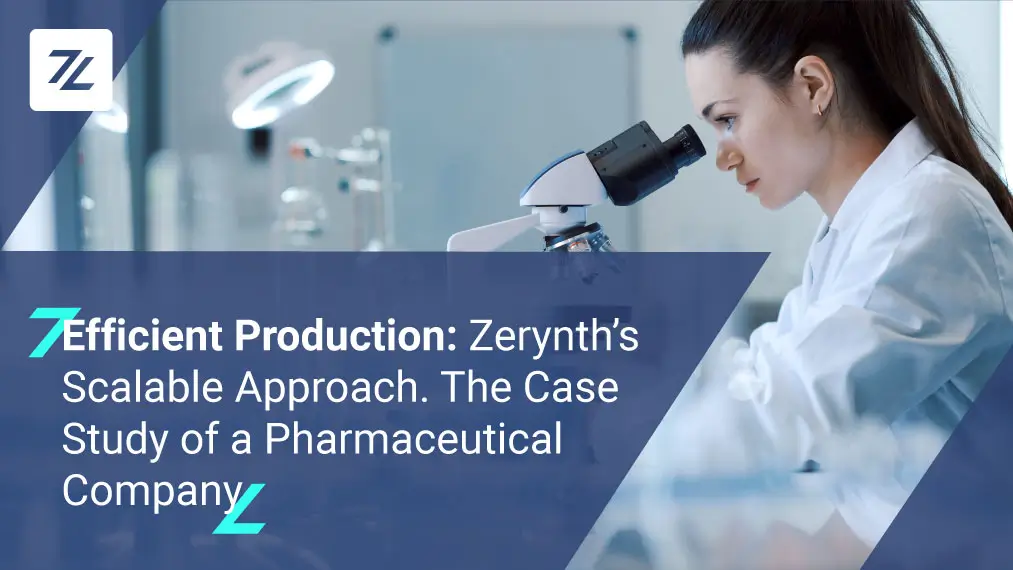Exploring the digital transformation of the Italian metalworking sector and learning how to stay competitive by monitoring and reducing energy consumption using the Machine Monitoring App.
In Italian metalworking environments, small and medium-sized enterprises (SMEs) often face unique challenges related to digital transformation. The metalworking sector is in constant evolution, and the adoption of advanced solutions is essential to remain competitive, especially in monitoring and reducing energy consumption.
In this blog post, we will delve into the primary issues faced by Italian metalworking companies and best practices to revolutionize and optimize the production process, focusing on monitoring and calculating costs and energy consumption using the Machine Monitoring App.
Do you own a metalworking company and are unsure where to start extracting data from your machines? Or do you already have a Manufacturing Execution System (MES) or Enterprise Resource Planning (ERP) and would like to integrate your systems into a single platform?
Don’t miss the next two pillars, focusing on optimizing production processes through Production Insights and system integration with the Zerynth platform in the food and plastic sectors!
Common Challenges of Italian Metalworking SMEs
Italian metalworking SMEs often encounter issues related to data management and the need to comply with Industry 4.0 standards. Despite implementing machine interconnectivity, many of these companies struggle with ineffective data collection and difficulties in the practical use of gathered information.
Italian metalworking SMEs can look to the future with the goal of further automating processes and coordinating customer orders for automatic settlement. Their participation in digitization initiatives and adoption of cutting-edge hardware reflect a commitment to competitiveness and alignment with global trends.
Once the solution is implemented, integration with MES systems and the creation of customized dashboards for monitoring can lead to more efficient resource utilization, improving process visibility and management.
The main challenges for SMEs in the Italian manufacturing sector embarking on a digitalization journey include:
- Process Digitalization: Many machines used in SMEs are legacy systems and not easily integrable with new technologies. This heterogeneity can pose challenges in implementing IoT solutions for monitoring and analyzing productivity data.
- Production Streamlining: SMEs often lack reference data on process performance, making it difficult to analyze historical data and create optimization strategies.
- Production Effectiveness: Lack of visibility into the operation and status of machinery can lead to slow reaction times and require significant manual effort to understand process data.
- Production Order Tracking: A holistic view of the entire production process is crucial for effectively tracking production orders.
- KPI Monitoring: Real-time monitoring of production KPIs such as Overall Equipment Effectiveness (OEE), quality, and performance is essential for maintaining competitiveness.
Quoting and Quantifying the Right Price to Your Distributor
Metalworking companies face a crucial challenge in automating the quotation process to manage mechanical drawings and production times of their metallic or mechanical products. In an industry where precision and efficiency are paramount, the automation of the quoting process becomes a key element to optimize planning and ensure high-quality results. This goal is achieved through the use of Artificial Intelligence algorithms, specifically trained on real data extracted from machinery.
When utilizing Industrial IoT solutions, data extracted from machinery is essential for advanced quoting. This is made possible by employing on-the-edge Artificial Intelligence algorithms that process information related to:
- Cost of raw materials, taking into account market price fluctuations and other materials.
- Calculation of energy required for the production of each piece.
- Energy calculation for each production machinery and auxiliary equipment on the shop floor.
- Labor costs.
- Machinery maintenance costs.
- Production times.
- Logistics costs.
- Any quality controls and certifications.
The ability to accurately track costs and energy consumption allows for quantifying their overall impact and correlating it, for example, to downtime between jobs. It becomes a priority to control costs more precisely to obtain a detailed view of the total shop floor costs and simultaneously automate the quoting of manufactured pieces.
How to Calculate Costs and Energy Consumption with the Machine Monitoring App
The interconnection of machines in Zerynth occurs through the use of Zerynth’s Edge AI Layer devices, designed to be installed on or near industrial machinery. These devices collect data from the machinery and send it to the Zerynth Platform through a secure connection.
Zerynth’s Edge AI Layer device is designed to bridge the Operational Technology (OT) world, i.e., factory communication systems, with the Information Technology (IT) world, i.e., the world of internet connections and cloud technology. This allows the creation of a “digital twin” of any industrial machinery, whether it is recent or dated.
Configuring the Edge AI Layer devices is a guided and intuitive process that does not require programming skills. Once configured, the devices start collecting data from the machinery and send it to the Zerynth platform in real-time.
In this way, the data is then displayed on dedicated visualization dashboards, and if the Machine Monitoring App is activated, it enables monitoring of machine energy consumption. Here’s how it works:
- Data Collection: Using a simple ammeter clamp, it is possible to collect data on energy consumption through sensors installed on the machinery. This data includes the voltage level of electrical energy, power intensity, frequency of electrical energy, total infrastructure consumption, and consumption of each individual machine.
- Data Visualization: Analysis results are displayed on an intuitive dashboard showing real-time energy consumption profiles. This allows easy calculation of energy costs per produced piece and the total energy cost of the factory or department.
- Data Analysis: Using advanced machine learning techniques, the app analyzes the collected data to identify energy consumption patterns. This allows the real-time estimation of energy costs per produced item.
- Consumption Optimization: Based on the collected and analyzed data, the app provides suggestions on how to improve energy efficiency and reduce costs.
How can I interpret the displayed data? Use the Smart Reports to observe the consumption trends over time and identify consumption peaks. In one of the sections of the Smart Reports, you will find essential key highlights, along with improvement suggestions and trends to follow as a valuable starting point!
If you still have doubts, we highly recommend consulting Zero, our Industrial AI Co-pilot. It’s the best practice to address any concerns and obtain prompt, secure, and reliable feedback on your entire shop floor.
Zerynth, Grants, and Competence Centers
SMEs can draw inspiration from successful companies in digitization grants, improving efficiency and data management through solutions like Zerynth.
Zerynth’s solution offers the opportunity to access dedicated funding for digital innovation projects. This implies the possibility of receiving financial support covering up to 100% of the costs associated with the digital transformation of your company, with a maximum limit of 400,000 euros.
Micro-businesses, startups, SMEs, medium, and large enterprises, as well as consortia
formed by companies of various sizes joining in Temporary Purpose Associations (ATS), can benefit from these funds.
The key step to accessing such funding is to submit project proposals through Competence Centers. Zerynth partners with MADE and Artes 4.0, providing comprehensive support throughout the application process, simplifying it, and enhancing the competitiveness of your proposals.
Apply with Zerynth and access funding opportunities now!
Share This Story, Choose Your Platform!
Follow Zerynth on
Latest Posts






